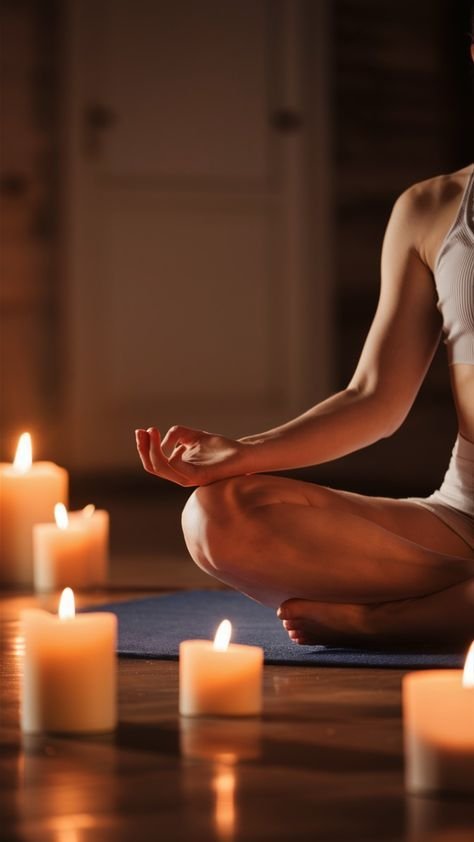Easy Step to Meditate For Beginners [ Full Guide 2025 ]
In our fast-paced world, finding moments of tranquility can seem like an impossible task. Yet, the practice of meditation has emerged as a powerful tool for achieving inner peace and improving both mental health and physical health. This comprehensive guide will walk you through everything you need to know about meditation, from its ancient roots to modern applications.
What is Meditation?

Meditation is an umbrella term encompassing various techniques that train attention and awareness. Rooted in Buddhist tradition, meditation has evolved into both spiritual and secular practices, making it accessible to everyone regardless of their beliefs . In simple words, it’s a practice that helps you connect with the present moment and find the right balance in your daily life.Meditation has ancient roots but modern applications
History of meditation
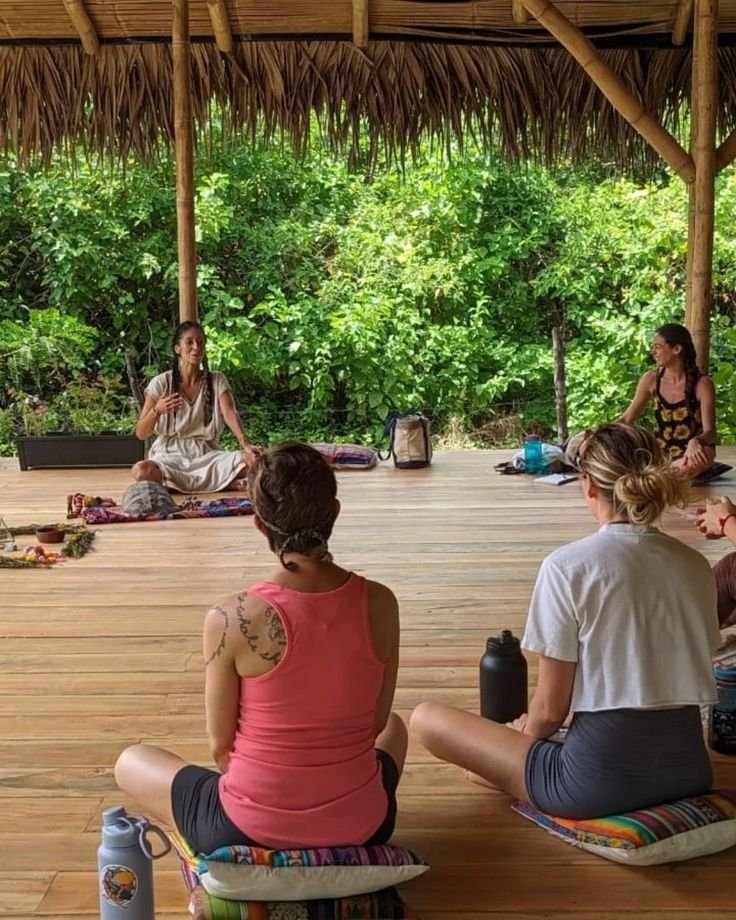
Meditation’s history spans thousands of years, with its earliest documented evidence dating back to 5000-3500 BCE in the Indian subcontinent, where wall arts depicted people in meditative postures . The first written mentions of meditation appeared in the Vedas, ancient Indian religious texts, around 1500 BCE .The practice gained significant structure and spread through Buddhism in the 6th-5th century BCE, when Siddhartha Gautama (the Buddha) developed systematic meditation techniques for achieving enlightenment . As Buddhism spread across Asia, meditation practices were adapted and integrated into various cultural traditions, including Chinese Daoism and Japanese Zen Buddhism .The Silk Road played a crucial role in meditation’s expansion, facilitating its spread across continents and cultures . During this period, meditation also developed independently in other spiritual traditions, including Jewish contemplative prayer, Christian monasticism, and Islamic Sufism .Western interest in meditation began growing in the 18th century when Eastern philosophical texts were first translated into European languages . However, the real breakthrough came in the 1960s, when figures like Maharishi Mahesh Yogi introduced Transcendental Meditation to the West .A pivotal moment in modern meditation history occurred when Jon Kabat-Zinn developed Mindfulness-Based Stress Reduction (MBSR) in 1979, helping to secularize and scientifically validate meditation practices . Today, meditation has become a mainstream wellness practice, supported by extensive scientific research demonstrating its benefits for physical and mental health .
The Science Behind Meditation

Research has shown remarkable positive effects of meditation on both mind and body. Regular practitioners experience:
- Reduced blood pressure and heart rate
- Improved nervous systemfunction
- Enhanced mental healthand emotional regulation
- Better stress management and better sleep
In the United States alone, meditation practice has tripled between 2012 and 2017, making it the fastest-growing health trend in the country . This surge in popularity is backed by scientific evidence supporting its numerous health benefits.
Meditation to Reduce Anxiety, check out now!
Recommended Daily Meditation Duration

For beginners, start with 5-10 minutes of daily meditation and gradually increase the duration as you become more comfortable with the practice . Most experts recommend working up to 20 minutes per day, which is considered sufficient to quiet the mind and experience benefits . Scientific studies show that even brief 10-minute sessions can improve well-being and mindfulness . The key is consistency rather than length – regular shorter sessions are more beneficial than irregular longer ones
Different Types of Meditation

There are several forms of meditation, each offering unique benefits:
1. Mindfulness Meditation
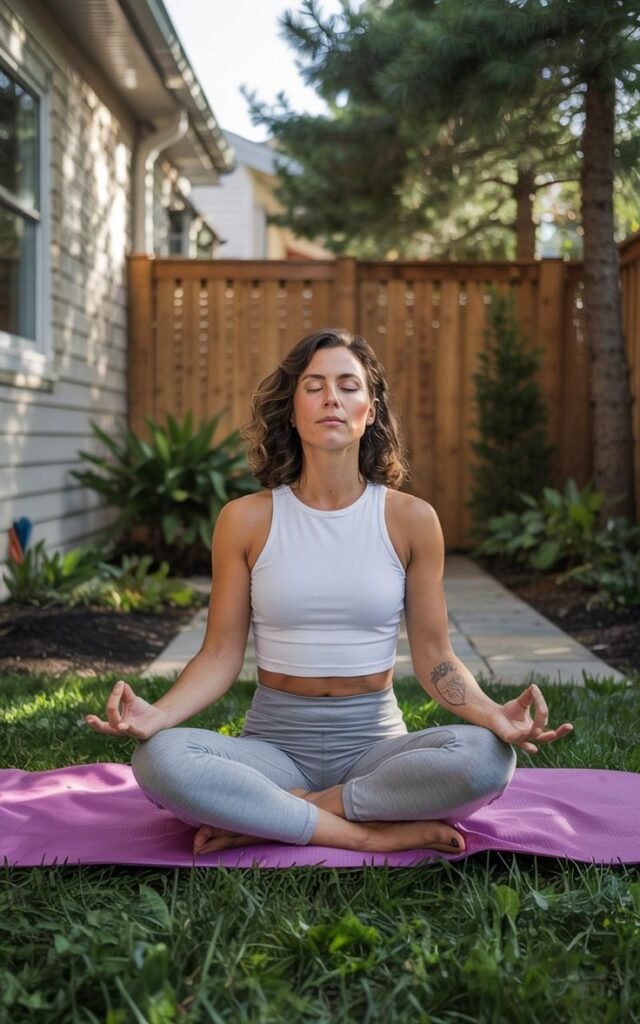
This is perhaps the most popular form in the West. Mindfulness meditation involves observing your thoughts without judgment, staying in the present moment . It’s an easy way to start your meditation journey.
2. Transcendental Meditation
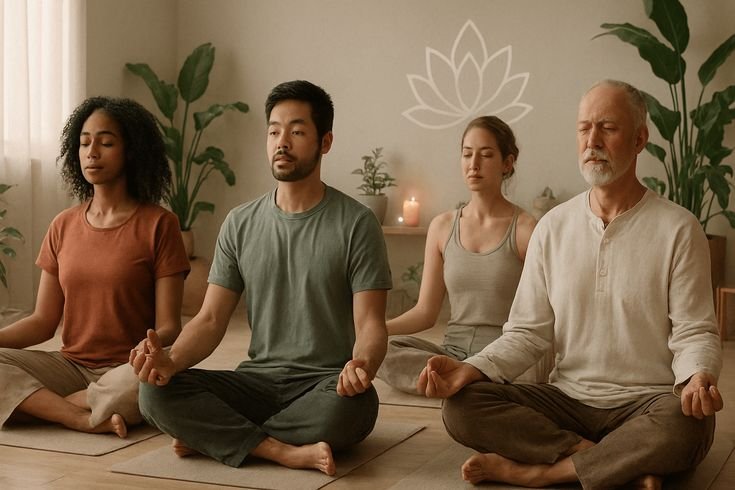
Transcendental meditation involves silently repeating a single word or mantra to achieve a state of deep relaxation .
3. Loving-Kindness Meditation
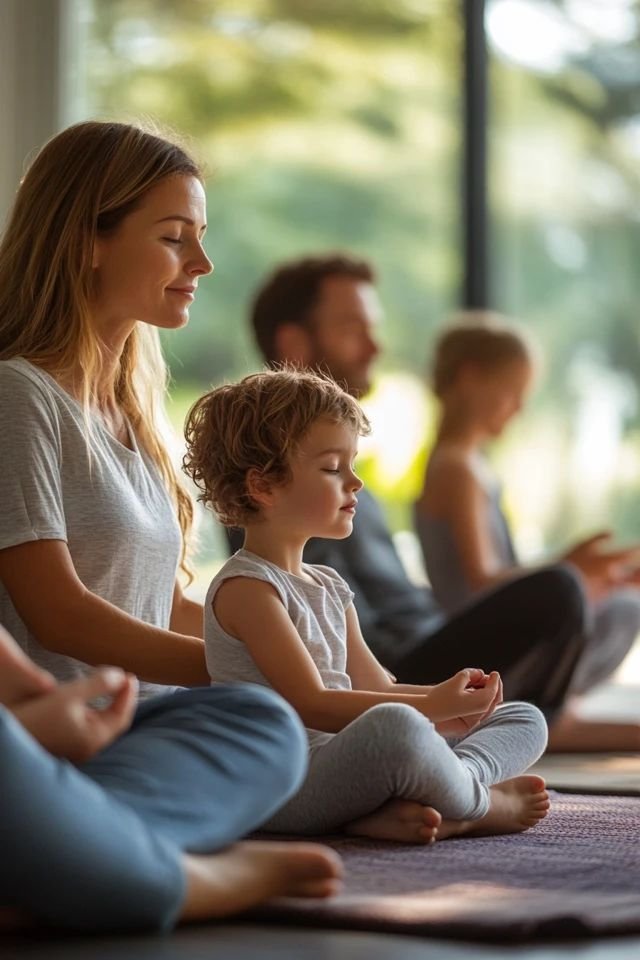
This practice focuses on developing compassion for yourself and others, making it a powerful tool for managing negative emotions .
Learn How to Self-Care to fight depression
4. Vipassana Meditation
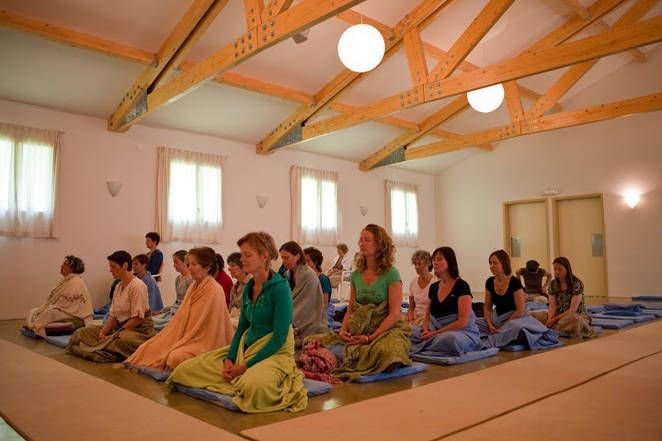
An ancient Indian practice, vipassana meditation emphasizes self-observation and understanding the true nature of reality .
See full detailed explanation below
Step-by-Step Guide to Starting Your Meditation Practice
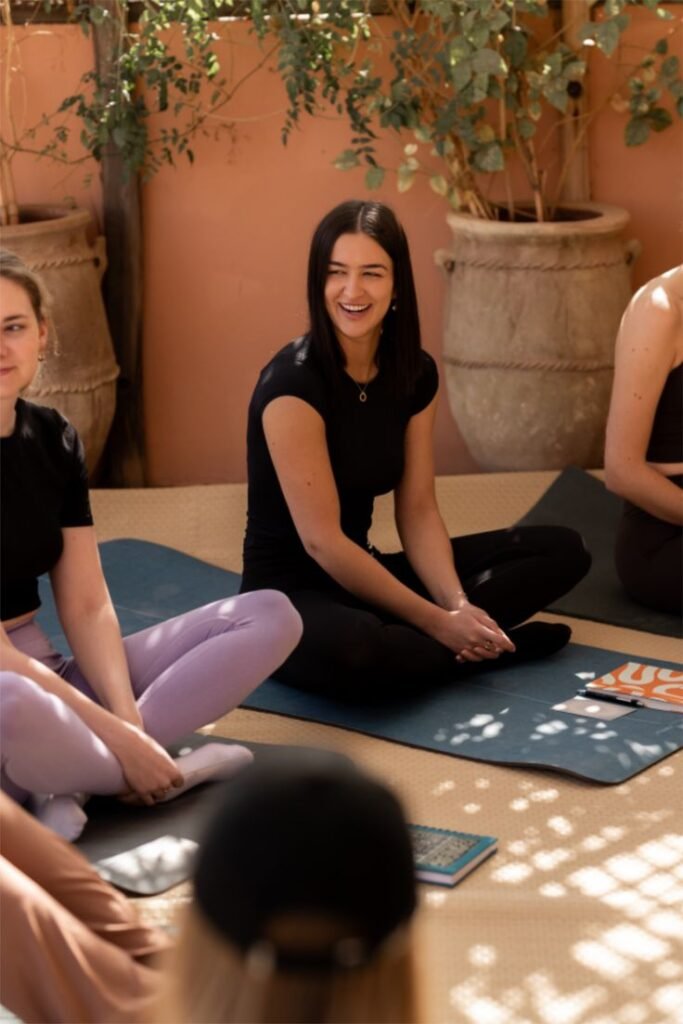
Setting Up Your Space
The first thing you need is a quiet place where you won’t be disturbed. This could be:
- A dedicated corner in your home
- A peaceful spot in your garden
- A park bench during quiet hours
- A space on your yoga mat
The Best Time to Meditate
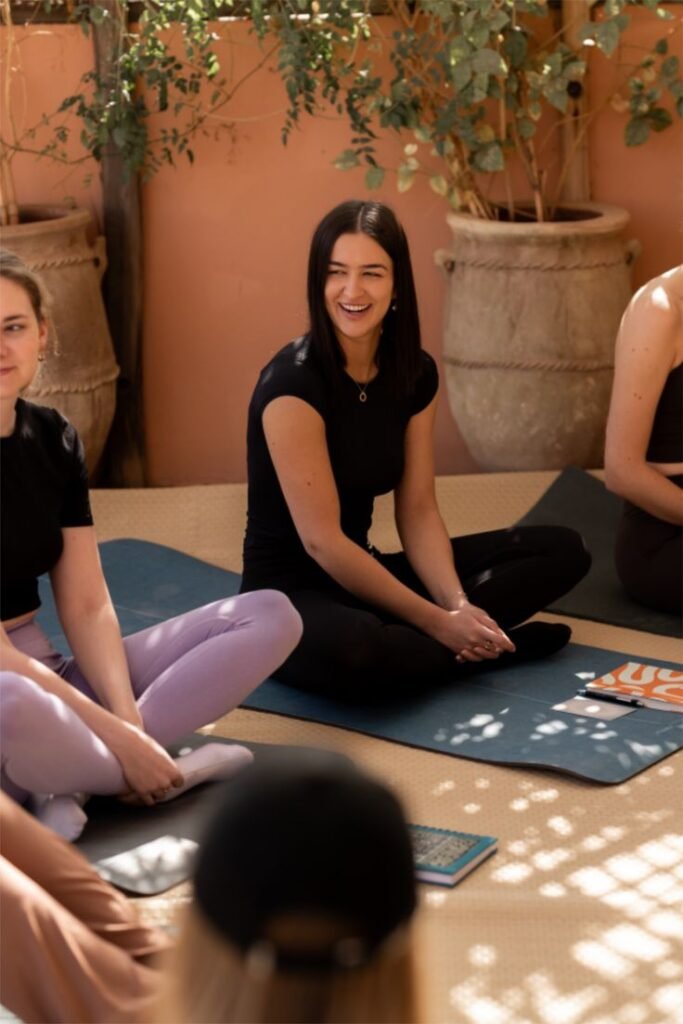
While there’s no wrong way to time your meditation, many find early morning to be the best time for their daily practice . Before your busy day begins, take these moments for yourself.
Getting Started: A Simple Practice
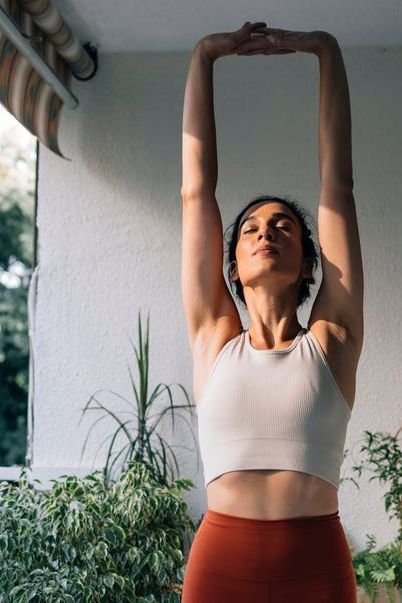
1. Find a comfortable position, either sitting on a chair or cross-legged on the floor
- Take several deep breaths to center yourself
- Begin with a body scan, releasing any physical tension
- Focus your full attention on your breath
- When your mind wanders (and it will), gently return to your breath
- Start with 5-10 minutes of meditation and gradually increase the duration
Common Challenges and Solutions
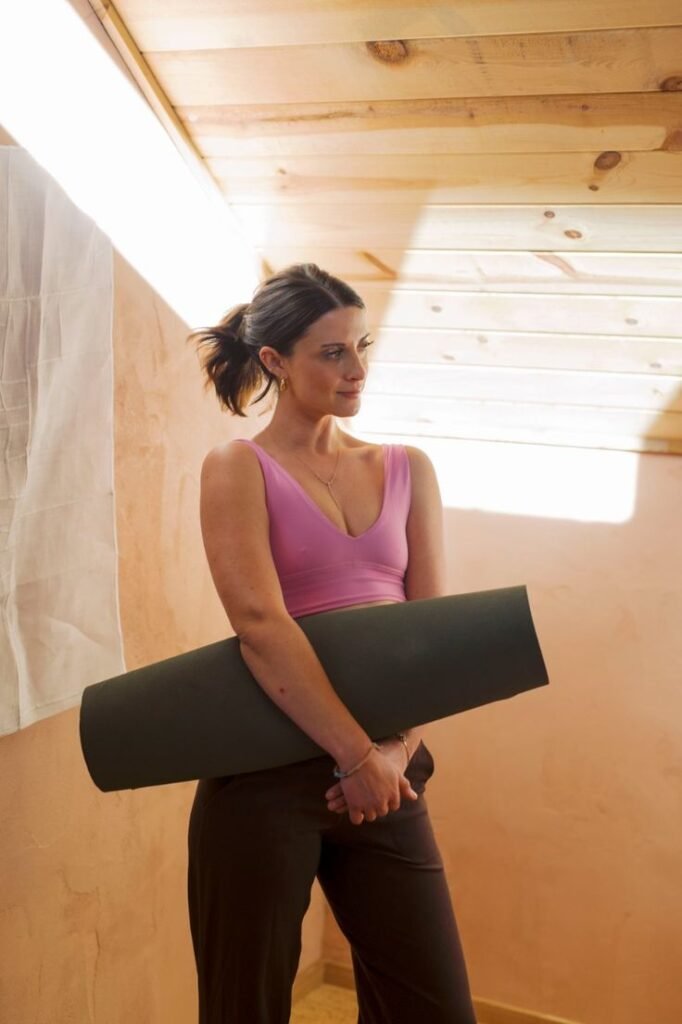
It’s normal for random thoughts and to-do lists to pop up during your meditation session. This doesn’t mean you’re doing it the wrong way – it’s part of the process. The most important thing is maintaining a positive attitude and returning to your focus point with patience.
Comprehensive Guide to Four Essential Meditation Techniques

1. Mindfulness Meditation

Setup and Preparation
1. Find a quiet place where you won’t be disturbed
2. Sit in a comfortable position – either on a chair or cross-legged on the floor
3. Keep your back straight but not rigid
4. Set a timer (start with 5-10 minutes)
Step-by-Step Process

1. Initial SettlingClose your eyes or maintain a soft gazeTake several deep breaths to center yourselfPerform a brief body scan to release tension
2. Close your eyes or maintain a soft gaze
3. Take several deep breaths to center yourself
4. Perform a brief body scan to release tension
1. Core PracticeFocus your attention on your breathNotice the sensation of breathing at your nostrils or bellyWhen your mind wanders, gently acknowledge the thoughtsReturn your focus to the breath without judgment
2. Focus your attention on your breath
3. Notice the sensation of breathing at your nostrils or belly
4. When your mind wanders, gently acknowledge the thoughts
5. Return your focus to the breath without judgment
1. Common Challenges and SolutionsFor wandering mind: Label thoughts as “thinking” and return to breathFor physical discomfort: Make small adjustments while maintaining awarenessFor restlessness: Acknowledge it without trying to change it
2. For wandering mind: Label thoughts as “thinking” and return to breath
3. For physical discomfort: Make small adjustments while maintaining awareness
4. For restlessness: Acknowledge it without trying to change it
2. Transcendental Meditation (TM)
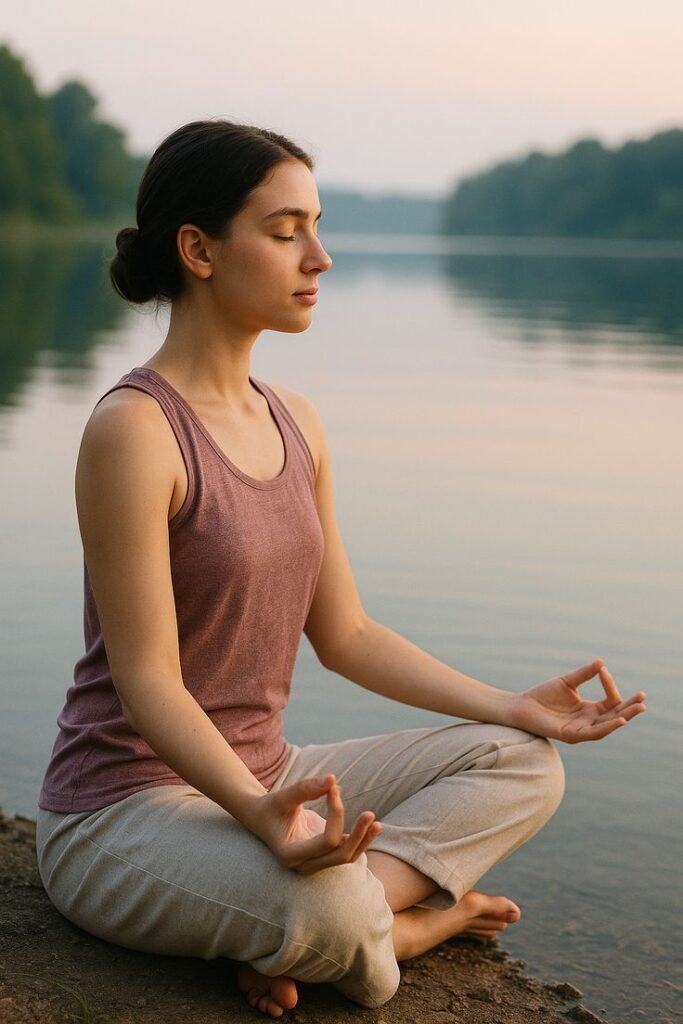
Important Note
TM requires personal instruction from a certified teacher for the proper selection of a mantra and technique
Basic Structure
1. PreparationSit comfortably with eyes closedTake a few moments to settle down
2. Sit comfortably with eyes closed
3. Take a few moments to settle down
1. PracticeSilently repeat your given mantraLet the mantra become increasingly subtleIf thoughts arise, gently return to the mantraPractice for 20 minutes, twice daily
2. Silently repeat your given mantra
3. Let the mantra become increasingly subtle
4. If thoughts arise, gently return to the mantra
5. Practice for 20 minutes, twice daily
1. CompletionTake 2-3 minutes to come out slowlyKeep eyes closed and gradually become aware of surroundings
2. Take 2-3 minutes to come out slowly
3. Keep eyes closed and gradually become aware of surroundings
3. Loving-Kindness Meditation (Metta)
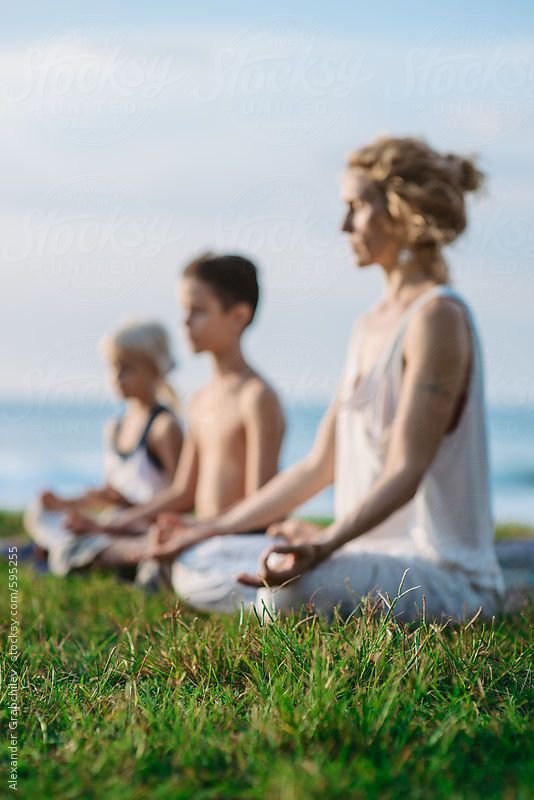
Step-by-Step Process
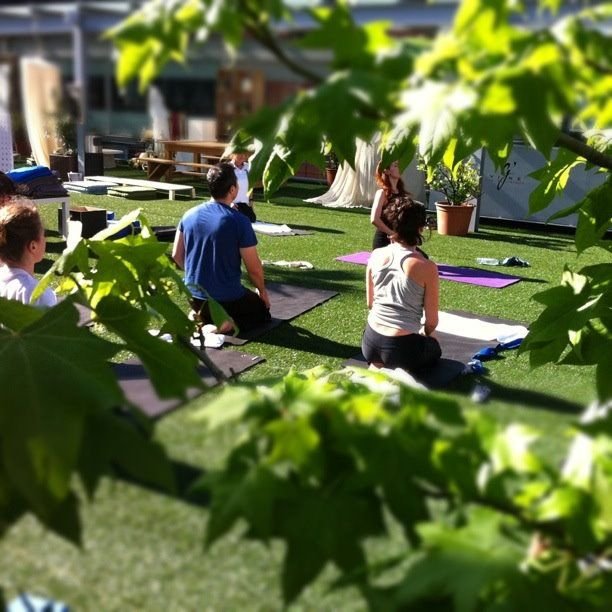
1. Initial Focus
- Sit comfortably and close your eyesTake several calming breathsBegin by directing loving-kindness to yourself
- Sit comfortably and close your eyes
- Take several calming breaths
- Begin by directing loving-kindness to yourself
2. Core Practice
Silently repeat these phrases (or similar ones):
- “May I be happy””May I be healthy””May I be safe””May I live with ease”
- “May I be happy”
- “May I be healthy”
- “May I be safe”
- “May I live with ease”
3. Expanding Circle
Extend these wishes to:
- A loved one
- A neutral person
- A difficult person
- All beings everywhere
4. Progression
- Spend 3-5 minutes on each categoryVisualize each recipient while repeating the phrases
- Notice any emotions that arise without judgment
- Spend 3-5 minutes on each category
- Visualize each recipient while repeating the phrases
- Notice any emotions that arise without judgment
4. Vipassana Meditation

Foundation Practice
1. Moral Preparation (Sila)
- Observe basic moral precepts
- Create a foundation of ethical behavior
- Observe basic moral precepts
- Create a foundation of ethical behavior
2. Initial Concentration (Samadhi)
- Focus on natural breath
- Observe breath at the entrance of nostrils
- Practice this for several days to develop concentration
- Focus on natural breath
- Observe breath at the entrance of nostrils
- Practice this for several days to develop concentration
Core Vipassana Practice
1. Body Scanning
- Systematically observe sensations throughout the body
- Start from the top of the headMove down to the feet
- Maintain equanimity toward all sensations
- Systematically observe sensations throughout the body
- Start from the top of the head
- Move down to the feet
- Maintain equanimity toward all sensations
2. Observation Guidelines
- Observe sensations objectively
- Don’t react to pleasant or unpleasant sensations
- Understand their impermanent nature
- Continue systematic observation
- Observe sensations objectively
- Don’t react to pleasant or unpleasant sensations
- Understand their impermanent nature
- Continue systematic observation
Important Notes for All Techniques

Consistency is key – practice daily
Start with shorter sessions and gradually increase duration
Don’t judge your practice or expect immediate results
If using apps or guides, choose reputable sources
Consider joining a meditation group or seeking a teacher’s guidance
Modern Tools and Resources

Apps and Technology

The Headspace app and similar platforms offer guided meditation sessions perfect for beginners . These tools make it easier to establish a regular meditation practice and track your progress.
Expert Guidance
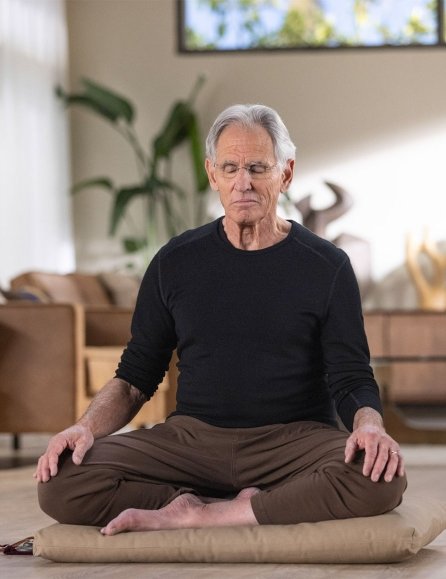
Jon Kabat-Zinn, founder of Mindfulness-Based Stress Reduction (MBSR), has developed comprehensive programs that combine ancient wisdom with modern science . His teachings offer valuable insights for both beginners and experienced practitioners.
Building a Sustainable Practice
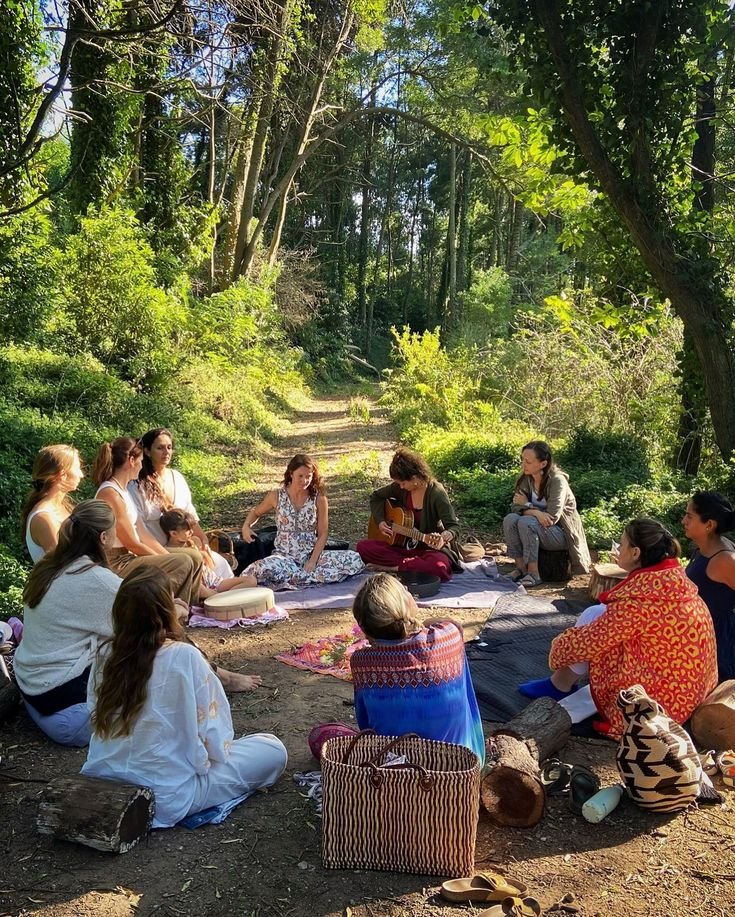
Creating new habits takes time and dedication. Here are tips for maintaining your practice:
1. Start small – even 5 minutes counts
2. Use a kitchen timer or meditation app to track time
3. Make it part of your daily routine
4. Find a meditation teacher or community for support
5. Keep a journal of your meditation experience
Best books about meditation

Contemporary Bestsellers and New Releases

Latest Notable Publications (2022-2024)
1. “Better in Every Sense” by Norman Farb and Zindel Segal (2024)–
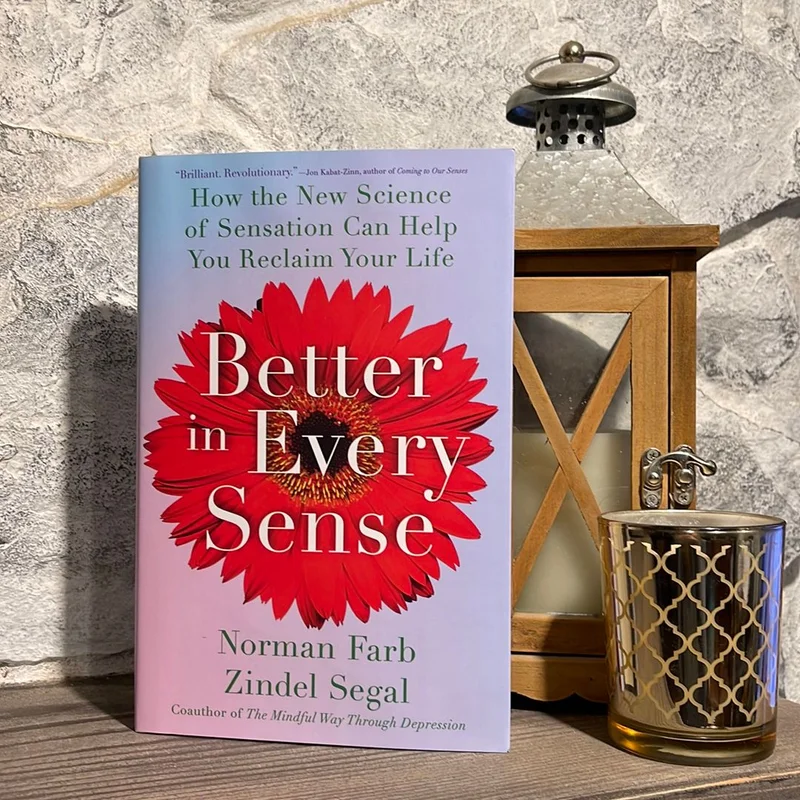
This groundbreaking book offers a fresh perspective on mindfulness, specifically addressing modern challenges like the attention economy while providing practical tools for achieving fulfillment .
2. “The Heart of Who We Are” by Caverly Morgan (2022)–

A unique exploration of mindfulness that emphasizes the connection between personal growth and community development .
3. “Let Your Light Shine” by Ali Smith, Atman Smith, and Andres Gonzalez (2022)–

This book stands out for its focus on using mindfulness to empower underserved communities, particularly children .
4. “Fully Present” by Susan L. Smalley and Diana Winston (2022)–
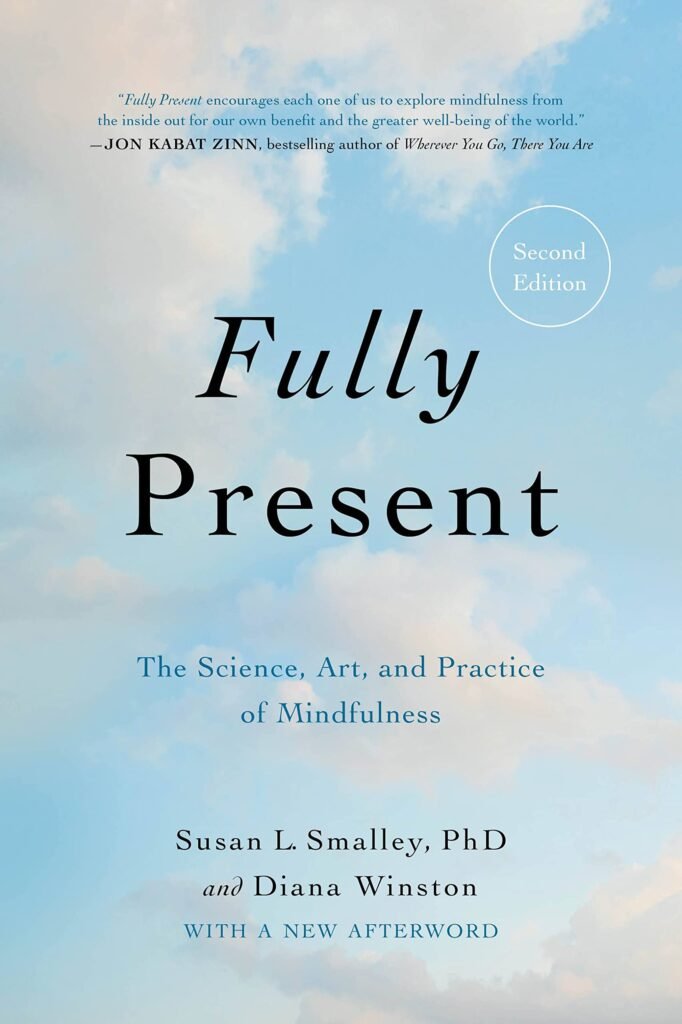
An updated comprehensive guide that bridges the gap between scientific research and practical mindfulness applications .
Highly Acclaimed Classic Meditation Books
Amazon and Goodreads Top-Rated Books
1. “Heavily Meditated”–

Currently holding the #1 bestseller position in meditation on Amazon, this book offers practical guidance for stress reduction and inner peace .
1. “The Untethered Soul” –
A profound exploration of self-awareness and consciousness that has maintained consistently high ratings across platforms.
2. “Wherever You Go, There You Are” by Jon Kabat-Zinn–
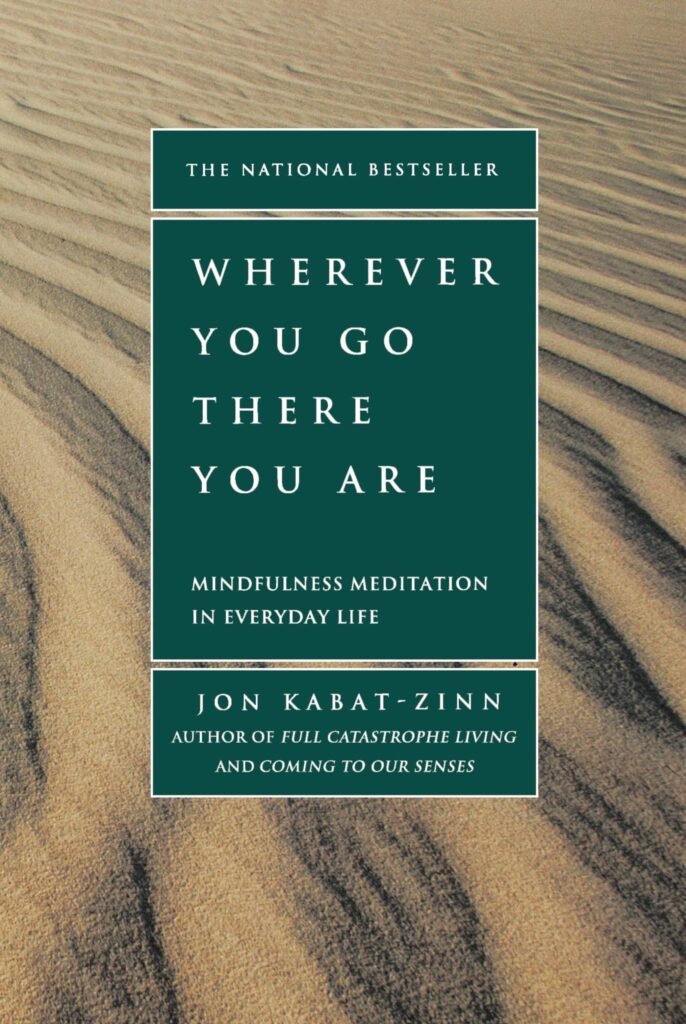
This timeless classic continues to be one of the most recommended books for mindfulness practitioners .
Jon Kabat-Zinn, a leading figure in bringing mindfulness to the Western world
Science-Based Meditation Books
Evidence-Based Resources

1. “The Mindful Way Through Depression” by Williams, Teasdale, Segal, and Kabat-Zinn –
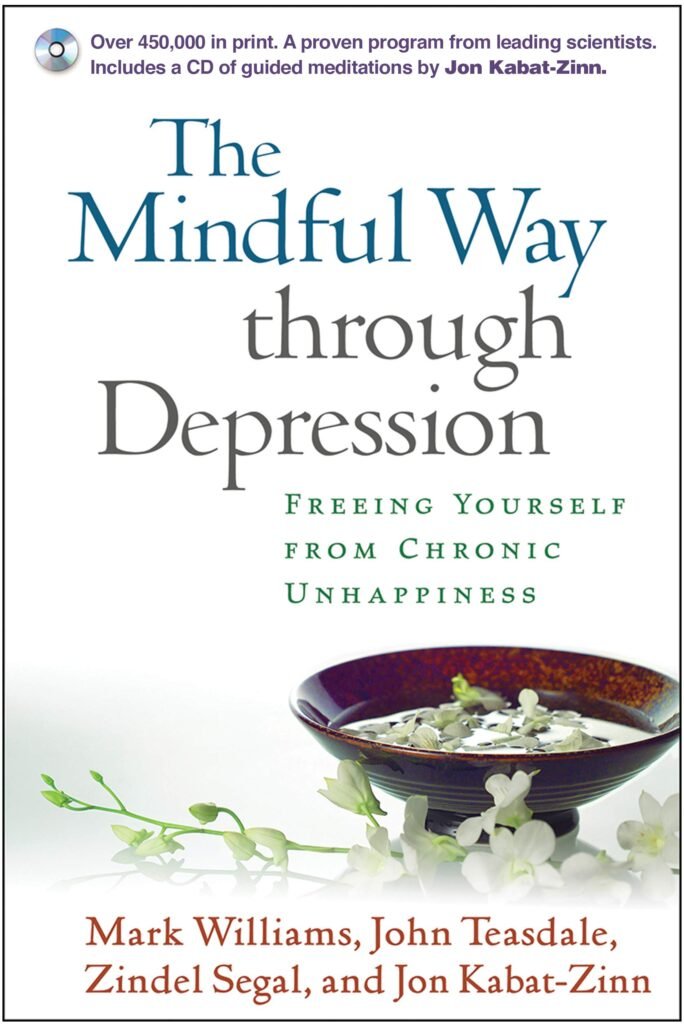
This book uniquely combines cognitive therapy with meditation practices, making it highly recommended by mental health professionals .
2. “Mindfulness-Based Cognitive Therapy for Depression”–

A comprehensive guide that’s particularly valuable for its evidence-based approach to treating depression through mindfulness .
3. “Mindfulness and Yoga for Self-Regulation”by Catherine P. Cook-Cottone –
This book stands out for its empirically-supported treatment approaches .
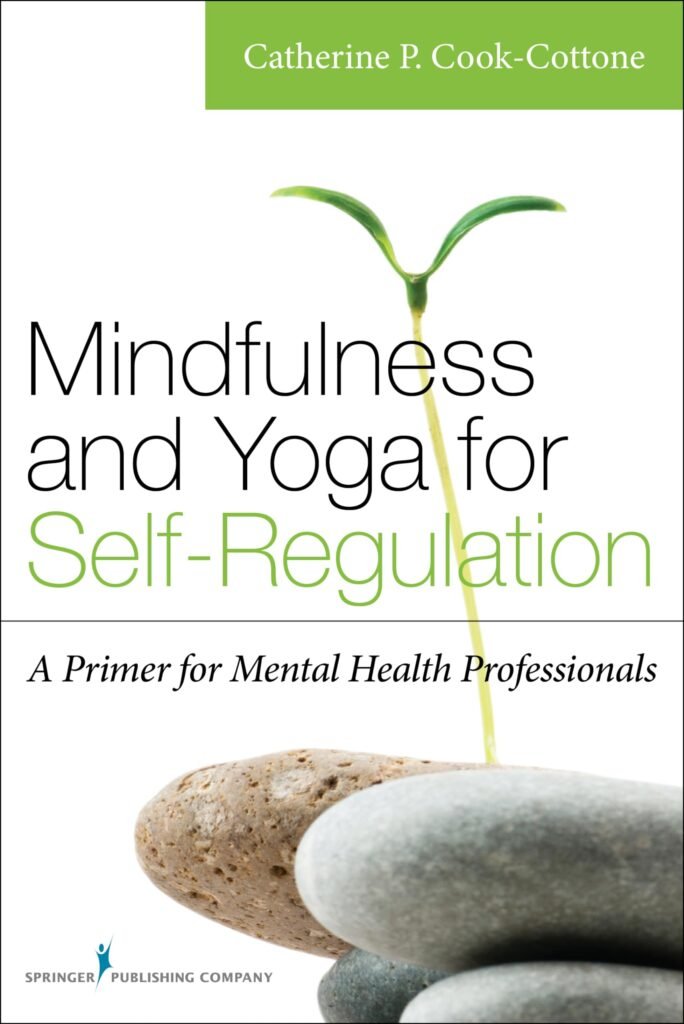
Traditional Buddhist Texts and Modern Interpretations
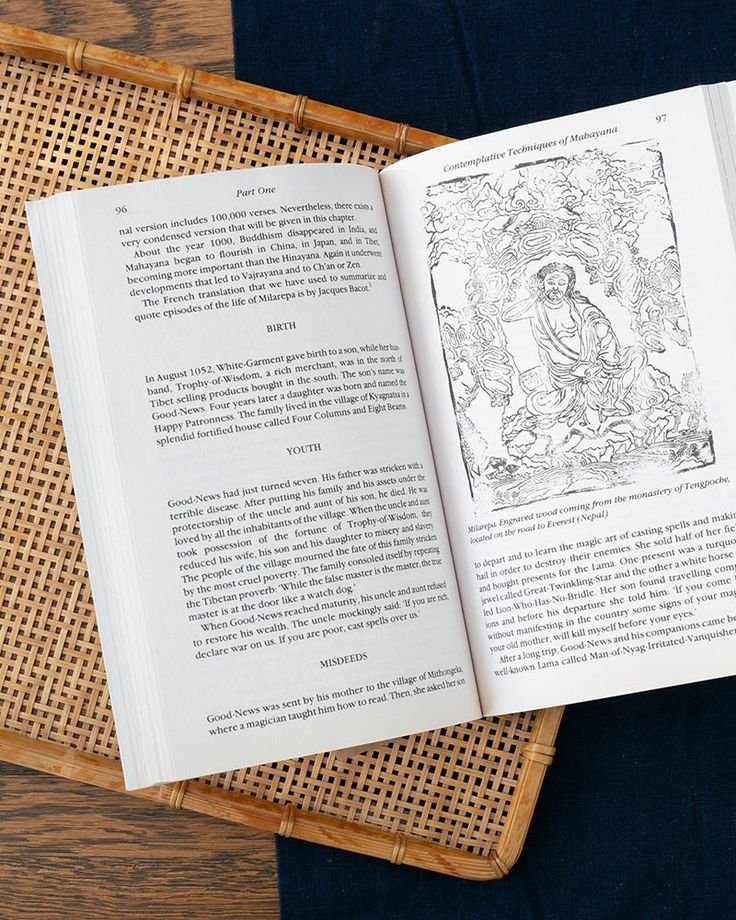
Ancient Wisdom Meets Modern Understanding
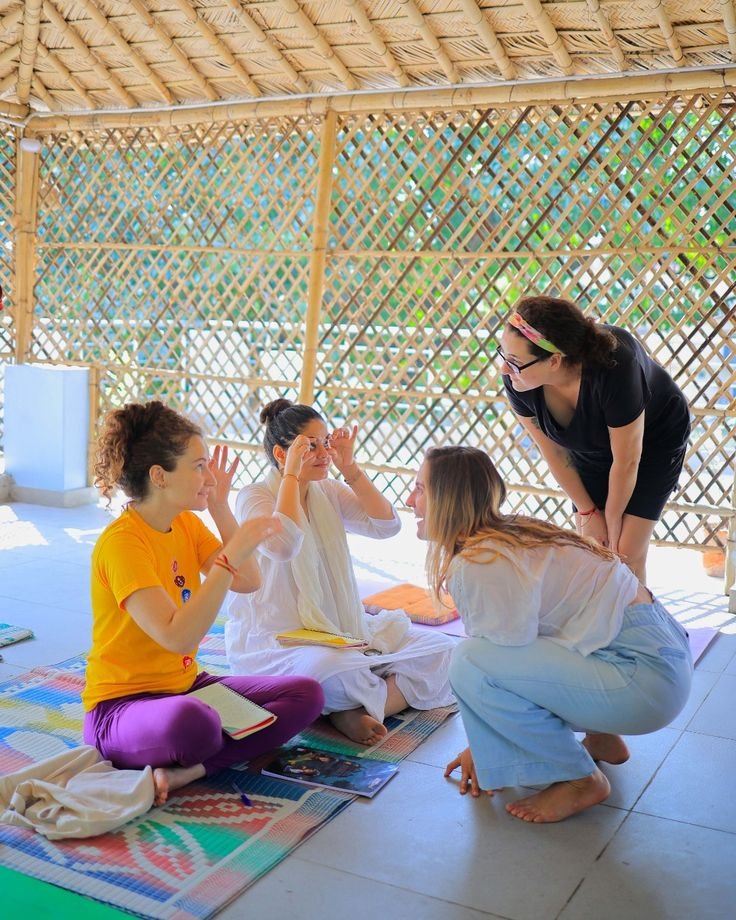
1. Traditional Sources–

The Pali Canon contains foundational meditation texts, including the Anapanasati Sutta, which focuses on mindfulness of breathing .
1. Modern Adaptations–

Contemporary interpretations of these ancient texts have made Buddhist meditation more accessible while maintaining their essence .
Recommendations from Meditation Masters
Books by Renowned Teachers
Jon Kabat-Zinn’s Essential Works:

“Full Catastrophe Living”–
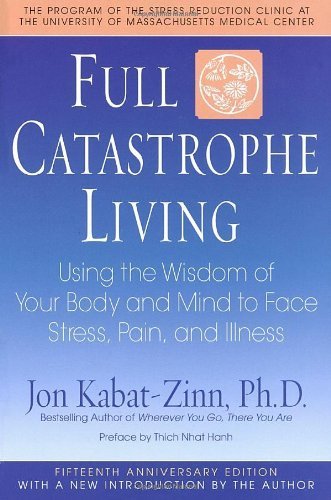
A comprehensive guide to mindfulness-based stress reduction
“Mindfulness for Beginners”–
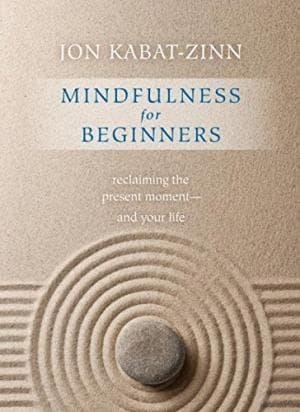
Perfect for those starting their meditation journey
Thich Nhat Hanh’s Classic Works:
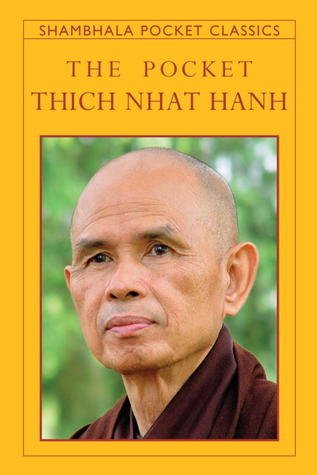
“The Miracle of Mindfulness” –
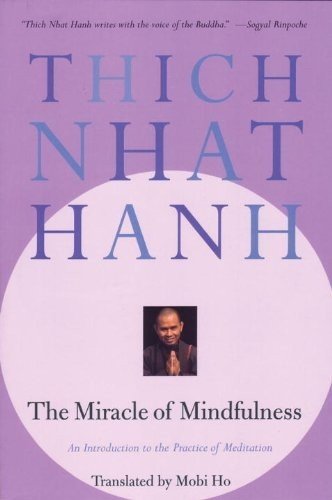
A timeless introduction to mindfulness practice
“How to Relax”–
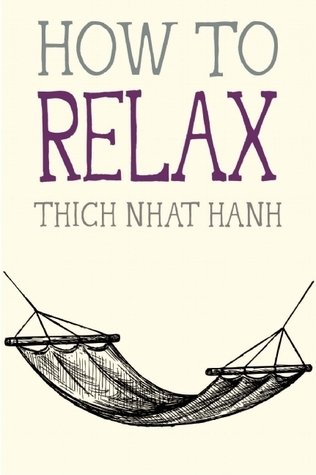
Offers practical guidance for incorporating mindfulness into daily life
“Peace Is Every Step”–
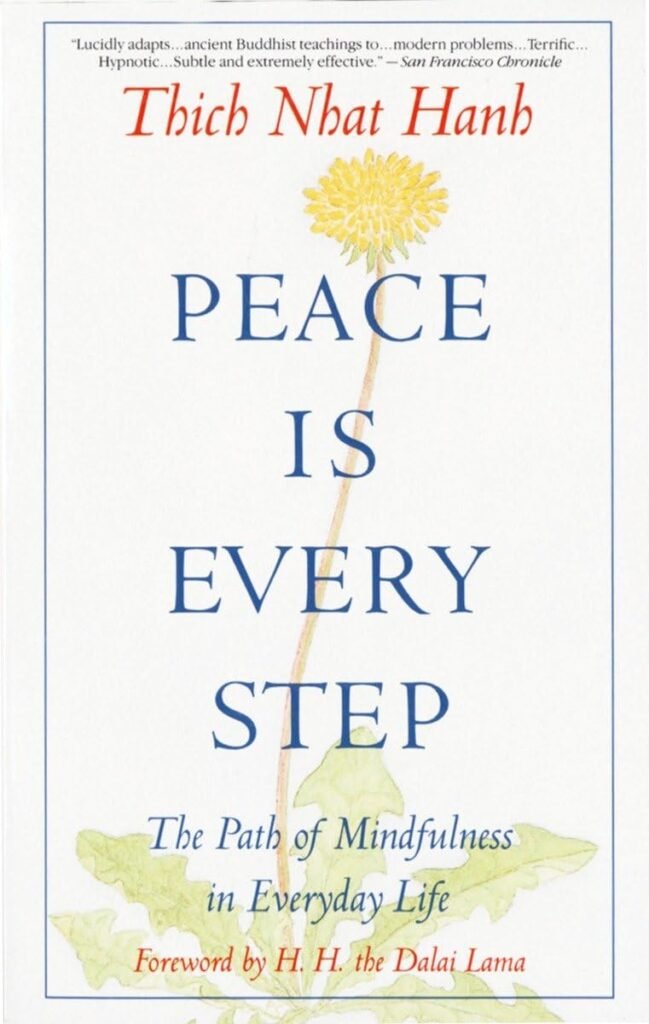
Provides insights into practicing mindfulness in everyday situations
Benefits of meditation
Psychological and Emotional Benefits
Stress Management

- Meditation has been proven effective in reducing stress through multiple clinical studies
- Over 200 studies confirm mindfulness-based therapy’s effectiveness in stress reduction among healthy individuals
- Changes both brain and biology positively, improving mental and physical health
Anxiety and Depression Treatment

- Significantly reduces symptoms of anxiety and depression
- A 2017 review of 38 studies showed decreased depression symptoms and improved quality of life
- Helps manage anxiety by promoting present-moment awareness without judgment
Physical Health Benefits
Cardiovascular Health

- Reduces strain on the heart
- Helps lower blood pressure
- Shows positive impact on cardiovascular risk factors
Immune System Function
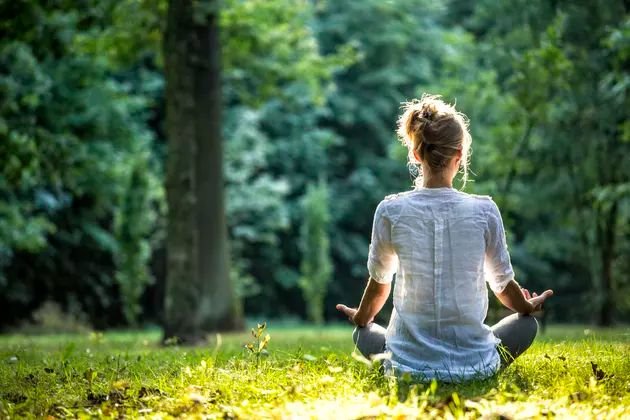
- Enhances immune system response
- Modulates stress hormones like cortisol that affect immune activity
- Helps maintain balanced immune function
Pain Management

- Effectively manages chronic pain conditions
- Alters brain’s pain processing pathways
- Particularly beneficial for arthritis, fibromyalgia, and back pain
Meditation provides numerous physical and mental health benefits
Cognitive Benefits
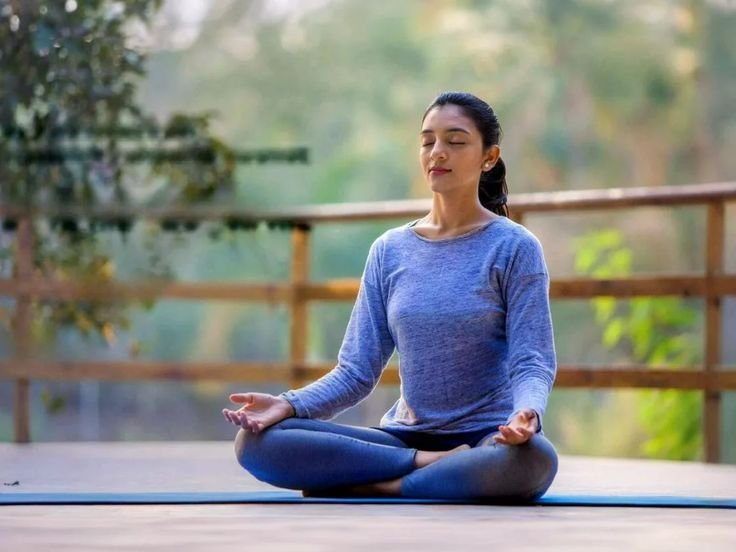
Brain Structure and Function
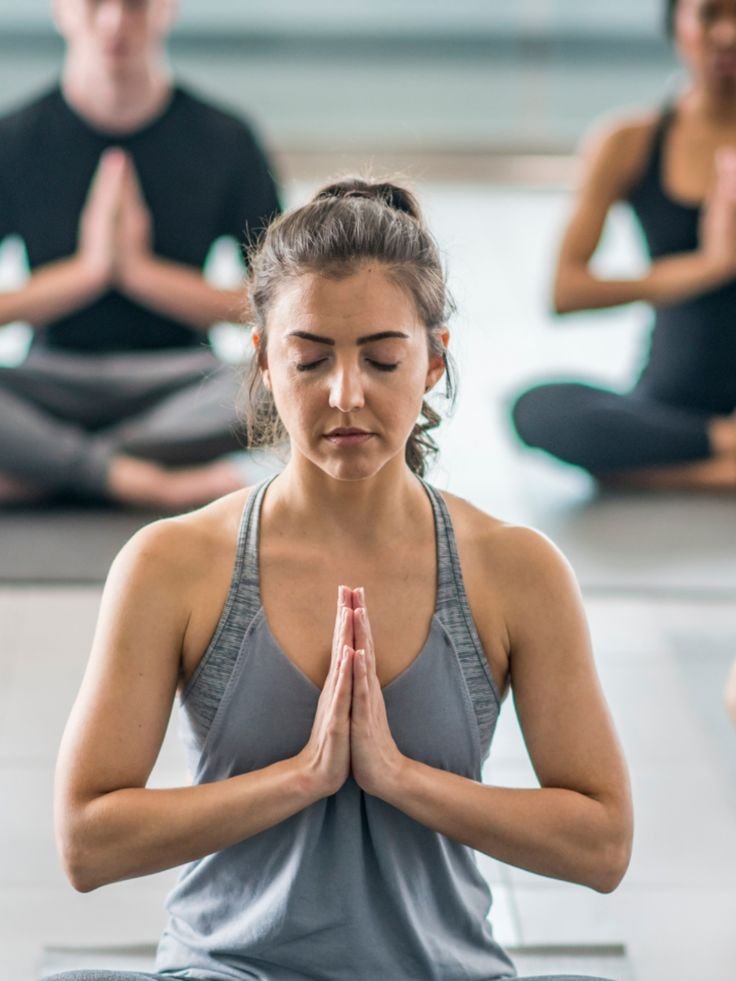
- Increases gray matter density in key brain regions
- Enhances neuroplasticity
- Improves cognitive functions including memory and focus
Attention and Focus
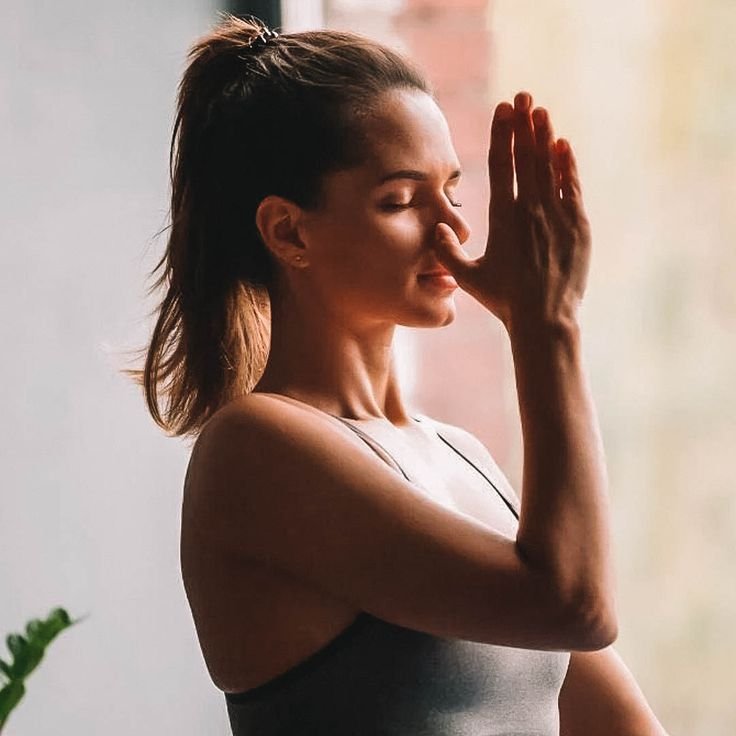
- Strengthens brain’s attention networks
- Improves sustained attention abilities
- Enhances ability to filter out distractions
Memory and Mental Clarity
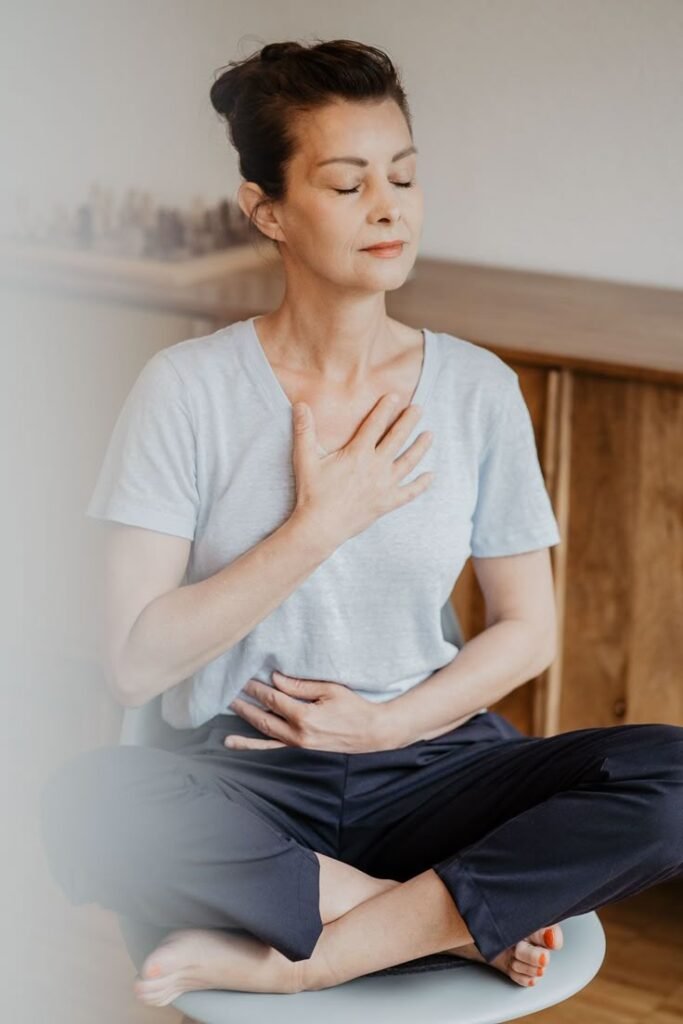
- Boosts working memory capacity
- Enhances information processing
- Improves overall cognitive performance
Social and Interpersonal Benefits
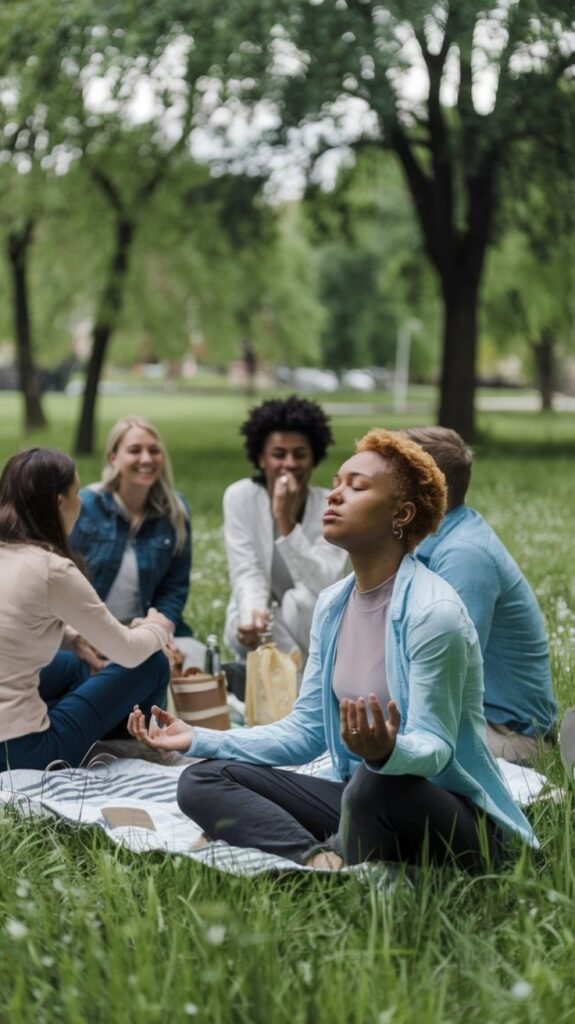
Enhanced Empathy and Compassion
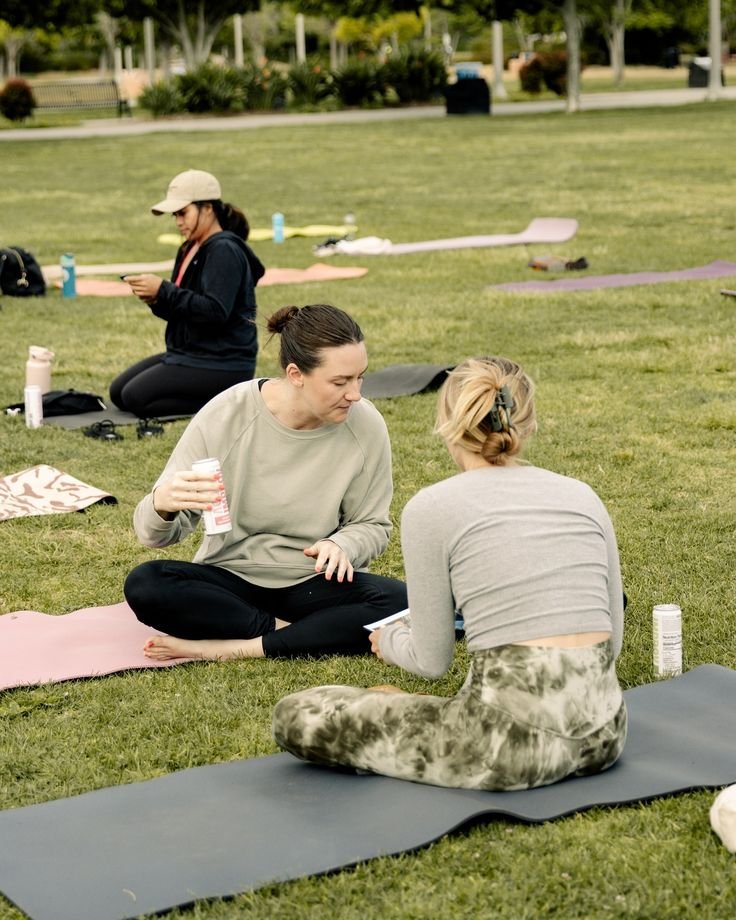
- Increases empathy and prosocial behaviors
- Improves perspective-taking abilities
- Reduces prejudice and negative stereotyping
Relationship Improvements

- Promotes more harmonious relationships
- Decreases reactivity in interpersonal interactions
- Enhances social support and positive emotions
Communication Skills
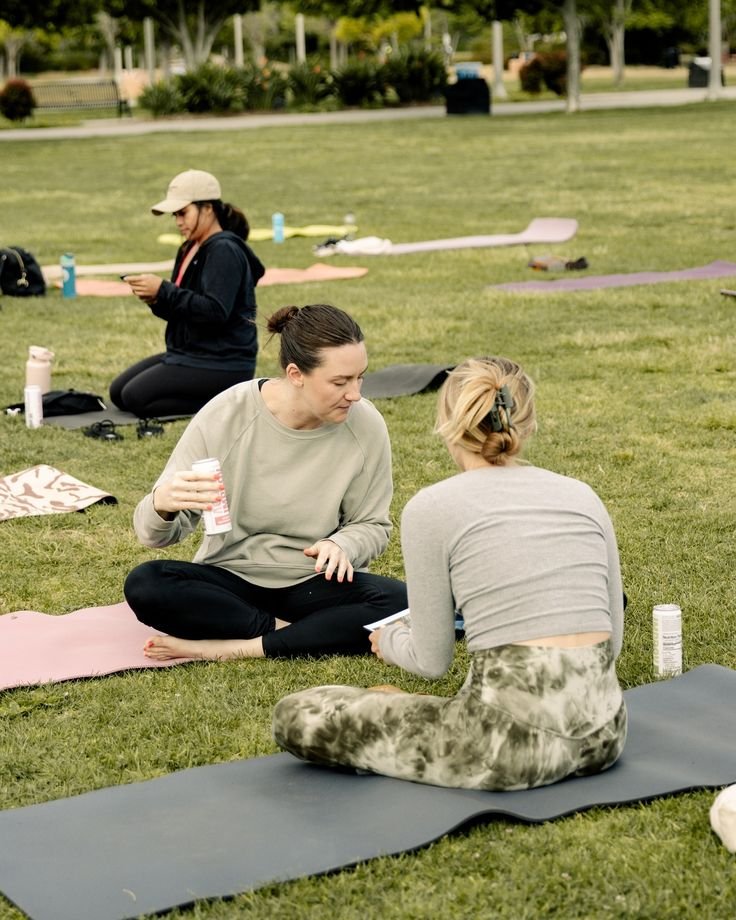
- Improves social skills
- Enhances ability to understand others’ perspectives
- Promotes more thoughtful responses rather than reactive behaviors
Long-term Transformative Effects

Sustained Benefits

- Creates enduring changes in brain structure and function
- Develops lasting improvements in emotional regulation
- Maintains cognitive health with aging
Personal Growth

- Fosters increased self-awareness
- Promotes personal development
- Enhances overall life satisfaction
Professional and Productivity Benefits

Workplace Performance

- Improves focus and concentration
- Enhances problem-solving abilities
- Increases overall productivity
Stress Management at Work

- Reduces workplace stress
- Improves decision-making capabilities
- Enhances work-life balance
Sleep and Recovery Benefits

Sleep Quality

- Improves overall sleep quality
- Helps manage insomnia
- Promotes better sleep patterns
Physical Recovery

- Aids in stress-related recovery
- Supports physical healing processes
- Enhances overall resilience
Remember, meditation is a journey, not a destination. Each meditation session is unique, and your practice will evolve with your own experience. Whether you’re seeking stress relief, spiritual growth, or simply a more mindful life, regular meditation can help you achieve these goals.Through consistent practice, you’ll discover that meditation is more than just a wellness trend – it’s a powerful tool for transformation that has stood the test of time. Start your journey today, and take the first step toward a more balanced, mindful existence.[This article is part of our ongoing commitment to providing evidence-based wellness information. For more resources and guidance, explore our other articles on Wellness Warriors.]

